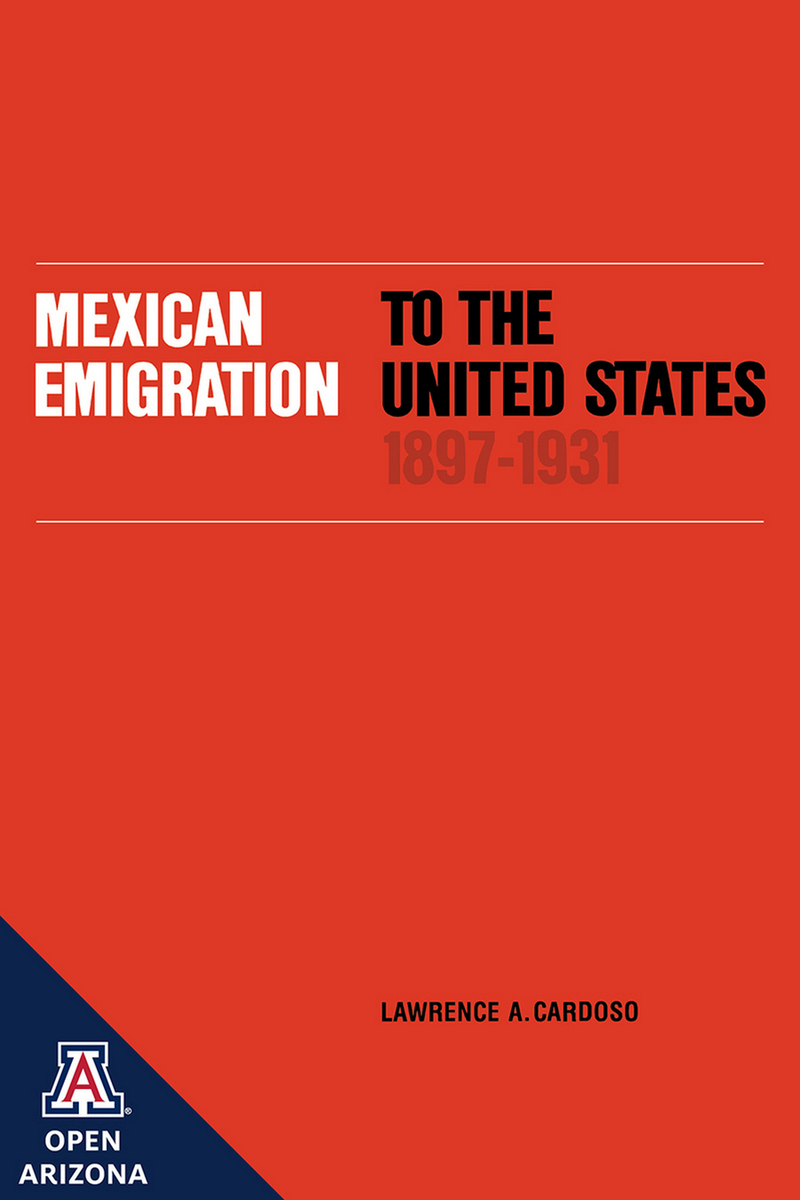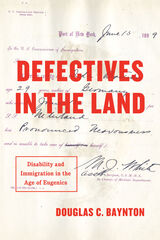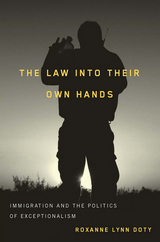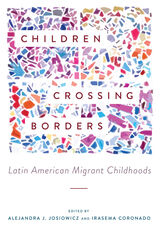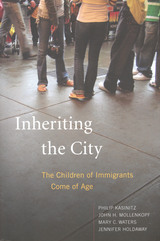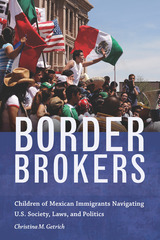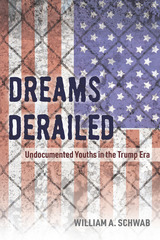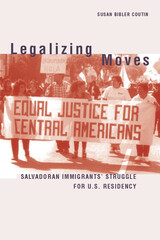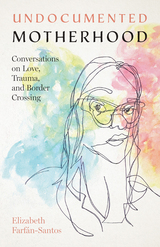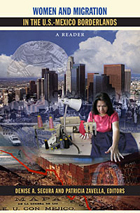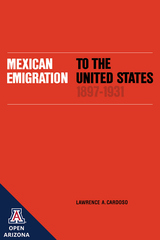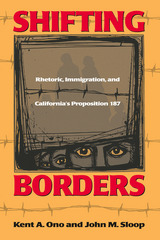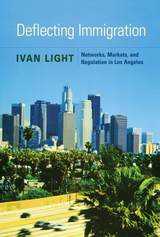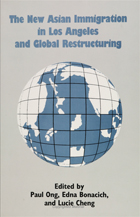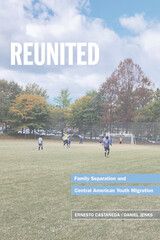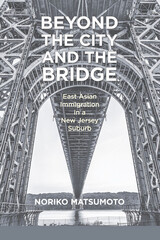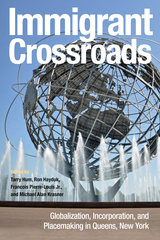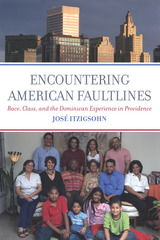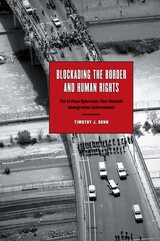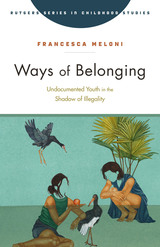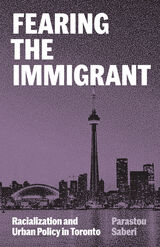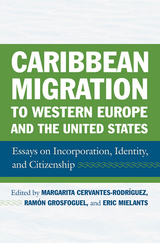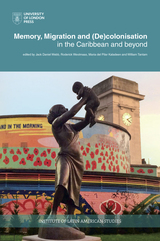Mexican Emigration to the United States, 1897–1931
University of Arizona Press, 1980
Paper: 978-0-8165-0659-0 | eISBN: 978-0-8165-4029-7 | Cloth: 978-0-8165-0678-1
Library of Congress Classification JV6895.M48C37
Dewey Decimal Classification 325.2720973
Paper: 978-0-8165-0659-0 | eISBN: 978-0-8165-4029-7 | Cloth: 978-0-8165-0678-1
Library of Congress Classification JV6895.M48C37
Dewey Decimal Classification 325.2720973
ABOUT THIS BOOK | TOC
ABOUT THIS BOOK
Rapid change in the land and labor system in rural Mexico during the 1890s destroyed the ancestral homes of the peasantry, forcing them either onto privately owned haciendas or into the migratory labor stream. The anarchy, inflation, and fear for personal safety that resulted from the Mexican Revolution of the 1910 provided a further impetus to migratory patterns that otherwise might not have emerged, considering the people's strong ties to their ancestral land.
During the same era, capitalist modernization in the United States was creating a strong demand for low-paid, unskilled labor, especially for agricultural and railroad work. Mexico's newly created class of migrant workers rushed across the border to fill this demand, setting in motion a social, economic, and political phenomenon that Lawrence Cardoso analyzed here in detail. What set this study apart, however, is the author's focus on the ' Human element," as revealed through the Mexican workers' hopes, fears, and reactions to events of their time.
During the same era, capitalist modernization in the United States was creating a strong demand for low-paid, unskilled labor, especially for agricultural and railroad work. Mexico's newly created class of migrant workers rushed across the border to fill this demand, setting in motion a social, economic, and political phenomenon that Lawrence Cardoso analyzed here in detail. What set this study apart, however, is the author's focus on the ' Human element," as revealed through the Mexican workers' hopes, fears, and reactions to events of their time.
See other books on: Emigration & Immigration | Emigration and immigration | Mexicans | Mexico | North America
See other titles from University of Arizona Press
